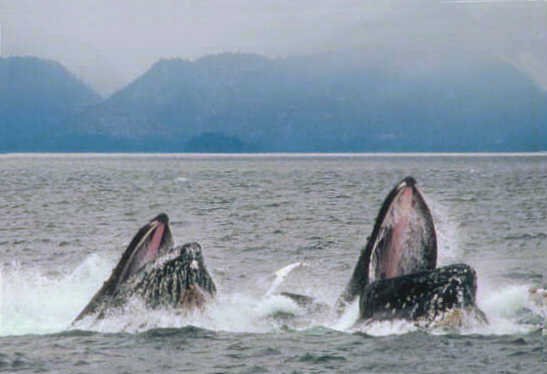There is a third expression similar in structure to ki te tai and ki te henua, viz. ki te hoea:
Going down into the sea in the southwest means light will vanish, but for the time on land there are 2 possibilities, either it is daylight or it is nighttime when often - unless the sky is overcast by a cloud cover - illumination is given by all the other stars. The right element in Ca1-17 could illustrate 'nighttime', whereas the word henua ('land') basically implies - I suggest - 'daytime'. Similarly our word 'day' includes the nighttime but basically implies 'daytime'. With the expression ki te hoea Metoro may have meant 'into the dark'.
The figures in Ca1-1--2 both (koia) gone into darkness, he may have meant. South of the equator the equinox in March is at the back side of the year compared to September 22. In March 23 the night is slightly longer than daytime and gradually the night would then increase, and descending towards the southwest (toga) meant going to the world below the world of living: ... He continued travelling until he reached the house of Uetonga, whose name all men know: he was the tattoo expert of the world below, and the origin and source of all the tattoo designs in this world. Uetonga was at work tattooing the face of a chief. This chief was lying on the ground with his hands clenched and his toes twitching while the father of Niwareka worked at his face with a bone of many sharpened points, and Mataora was greatly surprised to see that blood was flowing from the cheeks of that chief. Mataora had his own moko, it was done here in the world above, but it was painted on with ochre and blue clay. Mataora had not seen such moko as Uetonga was making, and he said to him, 'You are doing that in the wrong way, O old one. We do not do it thus.' 'Quite so,' replied Uetonga, 'you do not do it thus. But yours is the way that is wrong. What you do above there is tuhi, it is only fit for wood. You see,' he said, putting forth his hand to Mataora's cheek, 'it will rub off.' And Uetonga smeared Mataora's make-up with his fingers and spoiled its appearance. And all the people sitting round them laughed, and Uetonga with them ...  I am not convinced Ca1-2 illustrates an instrument for tattooing. On the contrary, the glyph type is probably tara (and Metoro surely must have seen this):
A position at equinox is like a 'point', and the manu tara birds announced the arrival of spring on Easter Island. Therefore a tara type of glyph at March 23 could be used to say that 'here is spring equinox' (north of the equator). The 'cloth of night' had to be pierced by a pointed 'beak', an idea which surely is very old:
The point in front in Ca1-2 is lower than the one at left - in front light is allowed a little opening to enter, i.e. it is just beyond spring equinox. Metoro seldom used the word hoea, but he said hoea also at the curious Cb1-21, where indeed there is a sharp point at front bottom:
Cb1-21 is 413 days beyond March 21, and this 'point' corresponds to the end of 14 synodic lunar months, 14 * 29Ĺ = 413. In a way it 'proves' the origin of the text is March 21 and not March 22. It resembles how counting on the G tablet is beginning 1 day earlier than Ga1-1. There is a point both at spring equinox and at autumn equinox, but in Cb1-21 the top 'member' at right is slightly higher than the one at left. No light can enter from the front side. It is a dark time and no promising spring light ahead. And the point is originating low down instead of high up. Perhaps - I suddenly realize - the creator of the glyph text intentionally avoided drawing the bottom part of tara in Ca1-2 (or to be more precise: used the physical limitations of the tablet when planning the disposition of his text). The bottom part of tara glyphs has a fish tail and this points to the southern hemisphere (in contrast to the birds who fly high above). The absent fish tail can then be interpreted to mean 'not the tara of southern spring equinox'. So also Metoro may have thought. As a consequence the perimeter of the tara glyph becomes not closed, perhaps with the meaning 'not literally a tara sign'. Ca1-2 can then be intepreted as 'not literally the tara equinox but a corresponding northern time'. In Ca1-1 we should then search for another such 'not literally as in the south' reading. And the same goes for Cb23--24. The tara type of glyph with a great gap and a tail for turning around once struck me as similar to when the humpback whales occasionally move up from the great depths of the sea into the world of light and air above:
|







